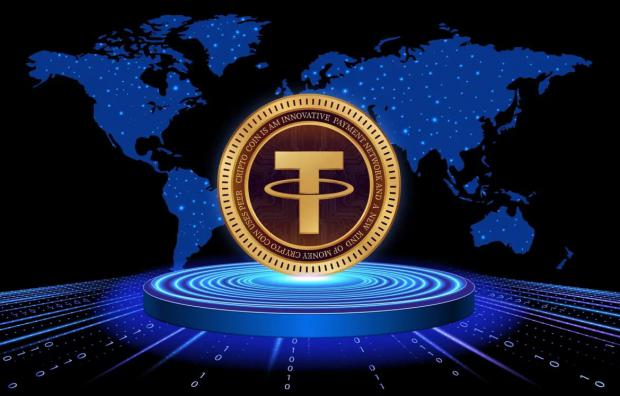
Breaking News
 Veterans Day 2025: THANK YOU for Serving This Great Nation
Veterans Day 2025: THANK YOU for Serving This Great Nation
 Senate Passes Bill To End Shutdown - Now On To The House
Senate Passes Bill To End Shutdown - Now On To The House
 Why Tether Is Acting More Like A Central Bank Than A Stablecoin
Why Tether Is Acting More Like A Central Bank Than A Stablecoin
 'War Zone': Violent Protest Erupts At UC Berkeley TPUSA Event
'War Zone': Violent Protest Erupts At UC Berkeley TPUSA Event
Top Tech News
 Blue Origin New Glenn 2 Next Launch and How Many Launches in 2026 and 2027
Blue Origin New Glenn 2 Next Launch and How Many Launches in 2026 and 2027
 China's thorium reactor aims to fuse power and parity
China's thorium reactor aims to fuse power and parity
 Ancient way to create penicillin, a medicine from ancient era
Ancient way to create penicillin, a medicine from ancient era
 Goodbye, Cavities? Scientists Just Found a Way to Regrow Tooth Enamel
Goodbye, Cavities? Scientists Just Found a Way to Regrow Tooth Enamel
 Scientists Say They've Figured Out How to Transcribe Your Thoughts From an MRI Scan
Scientists Say They've Figured Out How to Transcribe Your Thoughts From an MRI Scan
 SanDisk stuffed 1 TB of storage into the smallest Type-C thumb drive ever
SanDisk stuffed 1 TB of storage into the smallest Type-C thumb drive ever
 Calling Dr. Grok. Can AI Do Better than Your Primary Physician?
Calling Dr. Grok. Can AI Do Better than Your Primary Physician?
 HUGE 32kWh LiFePO4 DIY Battery w/ 628Ah Cells! 90 Minute Build
HUGE 32kWh LiFePO4 DIY Battery w/ 628Ah Cells! 90 Minute Build
 What Has Bitcoin Become 17 Years After Satoshi Nakamoto Published The Whitepaper?
What Has Bitcoin Become 17 Years After Satoshi Nakamoto Published The Whitepaper?
Why Tether Is Acting More Like A Central Bank Than A Stablecoin

Authored by Bradley Peak via CoinTelegraph.com,
• Tether operates a Treasury- and repo-heavy balance sheet, holding $181.2 billion in reserves against $174.5 billion in liabilities, leaving $6.8 billion in excess.
• High interest rates have turned those reserves into profit, generating more than $10 billion in interest income so far in 2025, which is uncommon for a typical crypto issuer.
• It exercises policy-style levers by freezing sanctioned wallets, shifting supported blockchains and allocating up to 15% of profits to Bitcoin.
• The central bank comparison has limits. Tether has no public mandate or backstop, relies on attestations instead of full audits and depends on private counterparties.
Tether no longer looks like a simple stablecoin company. It runs a balance sheet packed with short-term US Treasurys, reverse repos, gold and even Bitcoin. It mints and redeems dollars at scale and can freeze addresses at the request of law enforcement.

 Unbanked In A Connected World
Unbanked In A Connected World

